This week we had the honor to interview David Hobbs, the Senior Director of Product Management at Mojo Vision, the leading startup building the world’s first AR Contact Lenses. Of note, Mojo Vision has raised $170M+ to date.
? Show Notes: Through this interview, we touched on his background, his role at Mojo Vision, as well as Mojo Vision’s plans for the next 12 months.
? Best Quotes: Here’s some of the key discussion points and best quotes from our conversation with David:
- On his background: “The majority of the experiences that I’ve had have really been in the consumer electronic space. I’ve worked at a couple of larger Fortune 100 companies, like HP, designing some of the different Commercial PCs through the early 2000s and 2010s. And when I moved out here to the Bay, I met up with one of my former colleagues, who’s the SVP of Product and Marketing at Mojo Vision, Steve Sinclair. And he said: “we’re looking at doing something that’s never been done before”. And you’re always a little skeptical when someone tells you it’s something new. But through the interview process, when I showed up and saw that they built this working prototype of a smart contact lens, that absolutely caught my attention because that is something that has never been built before. And so for me that was one of those opportunities that you only get a few times in the consumer electronics space in terms of building something that doesn’t exist”.
- On his role at Mojo Vision: “I’m the Senior Director of Product Management at Mojo Vision and that entails a lot. So, aside from working through some of the different use cases that we have, which are a little bit more vertical focus, like vision impairment, but also sports, I am also responsible for the go-to-market and market research efforts as well as some of the social engagement initiatives that we have. I am also leading some of the general MarCom and assets that we put out, like the website”.
- On his AR contact lenses: “If you read our Boilerplate, you’ll see something at the bottom of all our press releases that says, “Mojo Visions, building the world’s first true smart contact lens, where ideas and intersection meet.” How I like to think about it and how I like to explain this is that most people are of the mindset that augmented reality, mixed reality, and virtual reality, are the next platform that’s going to drive a lot of the innovation in the consumer electronic space. And from an AR perspective, we’re taking a slightly different approach to how we can allow that application to become more mainstream in a consumer’s life. So, we’ve taken a very small display, micro LED, that’s roughly the size of a grain of sand. We’re talking about pixels that are smaller than red blood cells. And we’ve taken the necessary components and sensors and we’ve embedded those into a contact lens form factor. So, the idea here is that we’re solving different problems than what headset or glasses manufacturers are doing right now”.
- On some of the challenges faced by AR glasses, that Mojo Vision is trying to address: “By embedding in that contact lens form factor, we’re addressing some of the challenges that you see with some of the current technologies around field of view as well as the general computational and power requirements. So, from an ergonomics aspect, we’re solving some of those issues. To me though, the more relevant byproduct of having something that’s smaller and embedded in the contact lens is that it allows you to look like yourself. We’re not drawing a lot of attention to the technology and to the form factor. And that’s very deliberate because the actual display and the actual user interface that we’re creating is also meant to minimize those disruptions throughout the day. So, we’re taking a little bit more of a minimalist approach and we are making sure that it’s the critical information that you need to be productive and efficient throughout your day, without disrupting you or pulling you away from what’s happening in front of you”.
- On which sports they are focusing on and the sports use cases that they are aiming for: “I will say that a lot of the activity that we’re focused on right now in sports is definitely much more about individual sports and training. But to me, that doesn’t necessarily exclude a pro sports team or any professional athletes as well, because a huge component of any sort of programs is going to be the training and the activities that they would have to do to prepare for a game or a match. And there’s a lot that happens off the pitch. So, when we think about where AR is going to be more impactful, having data during an activity is really where we’re seeing that. From a personal perspective, I’ve run five marathons over my life which I guess means that I didn’t learn the lesson the last four times. So, we think about what you can do during an activity that’s going to help you gain the most benefit”.
- On the unique benefits of using its AR contact lenses: “There are so many benefits such as making sure that you’re having a good run or you’re having a good cycling loop. And that to me is something that we can provide by making sure that you’re getting that information during an activity, but it’s not necessarily something that’s pulling you away from it directly. And then the other part of this is just making sure that as you’re going through training programs, or you’re trying to get faster, you’re trying to get better at elevation or you’re trying to master a better holding of pose or more stable core. It is about making sure that you gain that feedback in real time, because that’s when so much of the learning happens”.
- On their early consumer research: “We’ve got a survey coming out pretty soon. Here are a couple of high level stats that we pulled from that around the “during data” that people want. For example, when we say “during data,” it’s our colloquialism for getting feedback in an activity as opposed to before or after it. Not wanting to lose focus or be distracted. In fact, 44% of people said it’s the biggest reason that’s stopping them from checking a device during their activity or during any sort of athletic events or endeavors”.
- On how they plan to use AI based coaching as part of the AR contact lenses experience: “So the hope here for me, at least from an AI coaching perspective, is that we can provide with the lens, something that’s more deliberate and immediate as a medium without distracting you from the activity. So, it’s really about making sure that you’re providing somebody with that positive feedback loop when something goes right. That way you can start building muscle memory around that, and you can really start to improve your overall performance”.
- On having to go through FDA approval: “I know that FDA feels like a very large black box in terms of what happens from an approval or from a clearance and regulatory perspective. But our company is well positioned there as we have professionals in the medical field. So, I do feel like we are doing a very good job of addressing all the challenges that we think are going to exist in the future from a safety and a consumer reception perspective. The other reason for my optimism is because I’m on the product side and I’m looking at how we’re building this”.
- On their focus on privacy: “When it comes to privacy issues, I feel like we’re absolutely very nascent in terms of how we think about privacy in the AR space. There are certainly some new players that are coming forward all the time. And what we’re trying to do is look at the concerns or look at the challenges because we know where the puck is right now. It is not going to be where it is when we come to market. And so, we’re trying to think a little bit more comprehensively about where we think privacy or general acceptance concerns or questions may arise from in the future”.
- On their goal to offer AR contact lenses that people can use all day long: “We’re targeting all day wear. Certainly if you said, “Well, I’m going to have the display on at maximum brightness, always on, then we’re thinking more along the lines of all day ambient use. But what’s really interesting about our form factor is that we’re using a design that has been around for quite a while, and it’s called a scleral lens. And so, when you think about the eye, you’ve got the pupil, you’ve got your iris, which is the color part. And then you’ve got that white part that’s all around the rest of your eye, which is the sclera. And this lens actually sits on that part, which is far less sensitive and has far less nerve endings than say, your cornea or your iris.So, I’ve worn many different pairs of scleral lenses, and the really interesting thing about it is that because it’s sitting on the white part of your eye, I find that, for me at least, it’s equally comfortable as wearing a pair of hydrogel or soft lenses. It’s not floating on the eye, and the more practical use for us is that because we have a projector on our eyes, we’ve got that smart contact lens, we want to make sure we keep the display very stable”.
- On their plan to offer some hybrid AR/VR contact lenses: “That’s actually a really interesting point because if you think about it, the display is positioned in such a way that it comes before your eyelids. So if your eyes are open, you’re able to take in the world around you and it’s in an AR mode. But if you close your eyes, the display is still visible. And so in that sense, you’ve got VR when your eyes are closed as well. So, there’s a lot of real interesting potential there. And more importantly, it’s practical. How many times have you been out somewhere and it’s been just high noon, and you’re not able to read a display because it’s just too bright out. In this instance, you can close your eyes and you’ve got it taken care of. And then additionally, if you want to put sunglasses on, because that’s all you need, you do that as well”.
- On their future plans for the next 12 months: “As it relates specifically to sports and athletics, I think that we’ve got some really interesting things coming up that we’re going to be able to share pretty soon. Specifically, around some of the different work that we’ve done, prototyping and iterating, and around what we can do, which is going to be unique from an AR perspective to deliver new information during activities (..) And then just in terms of the general lens work, we’ve got another prototype that we’re getting ready to start doing much more testing on. It’s providing so much more functionality around the different sensors and IMUs and capabilities that there’s a lot for us to learn. Because again, when we talk about a new product and a new form factor, there’s a handful of people that know what it’s like to wear smart contact lens. And we’re in the process, right now, of learning more about that and better understanding how we can provide that information to people without necessarily distracting them, or just creating something that’s novel but not practical”.

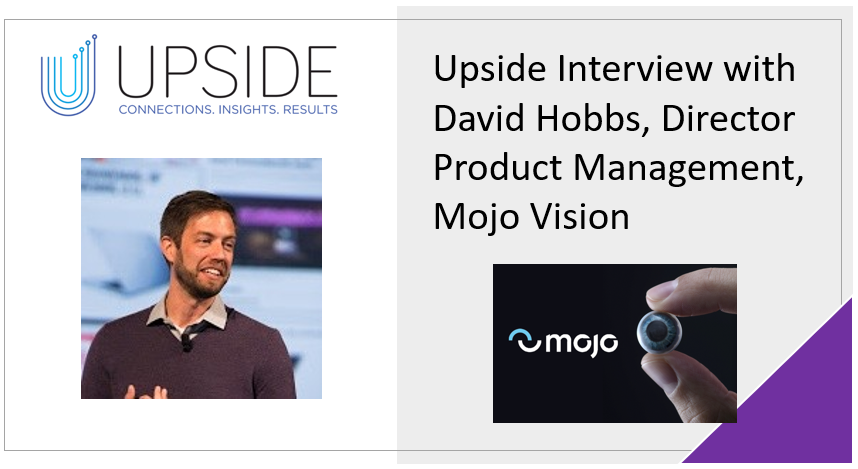
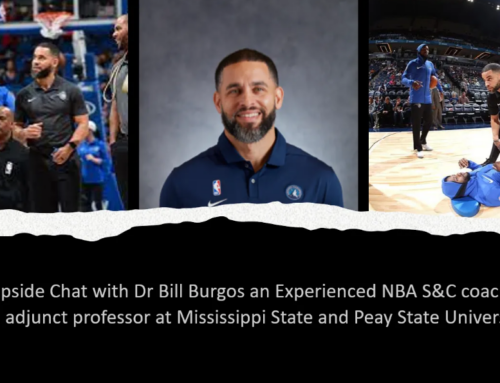
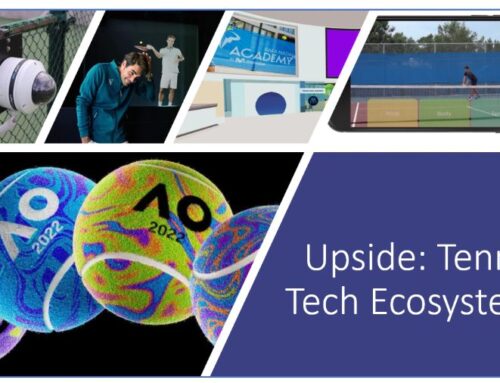
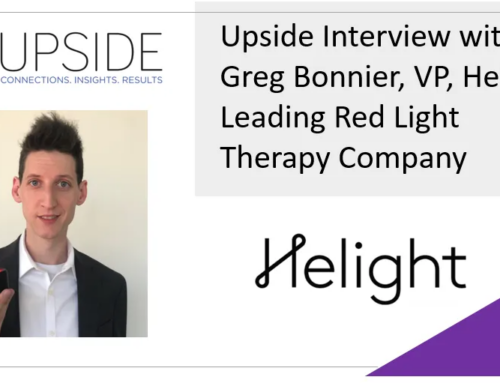
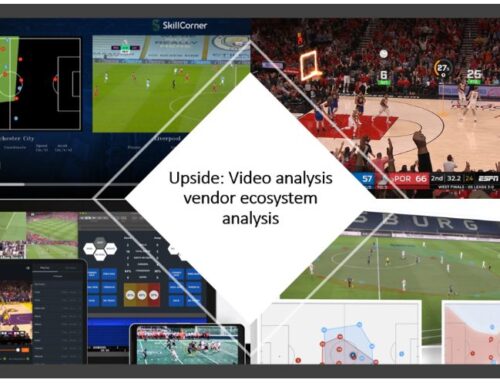
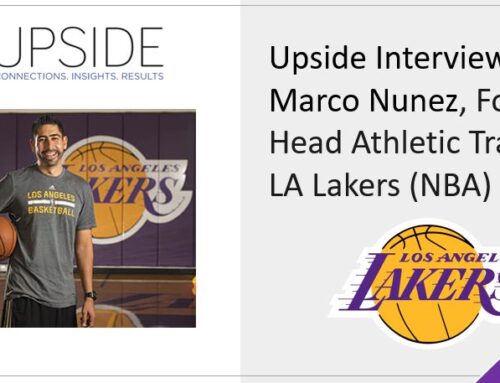
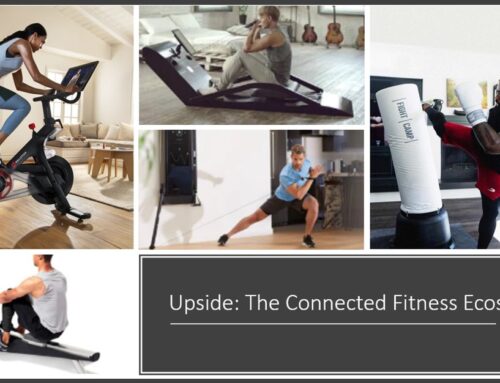

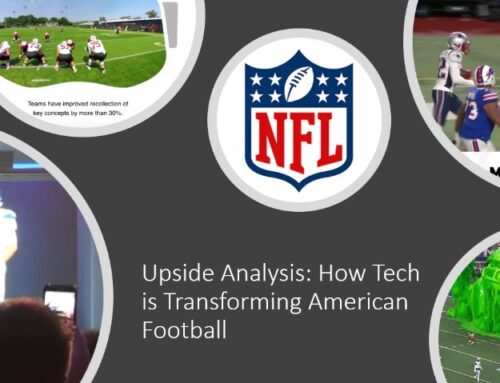
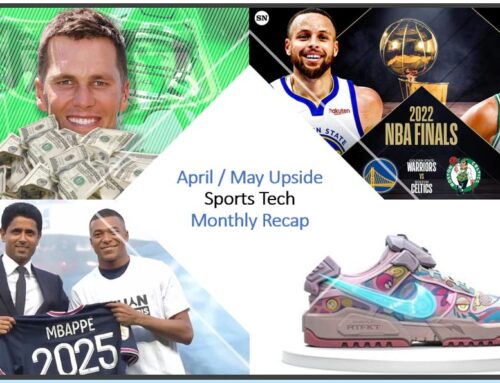

Leave A Comment
You must be logged in to post a comment.